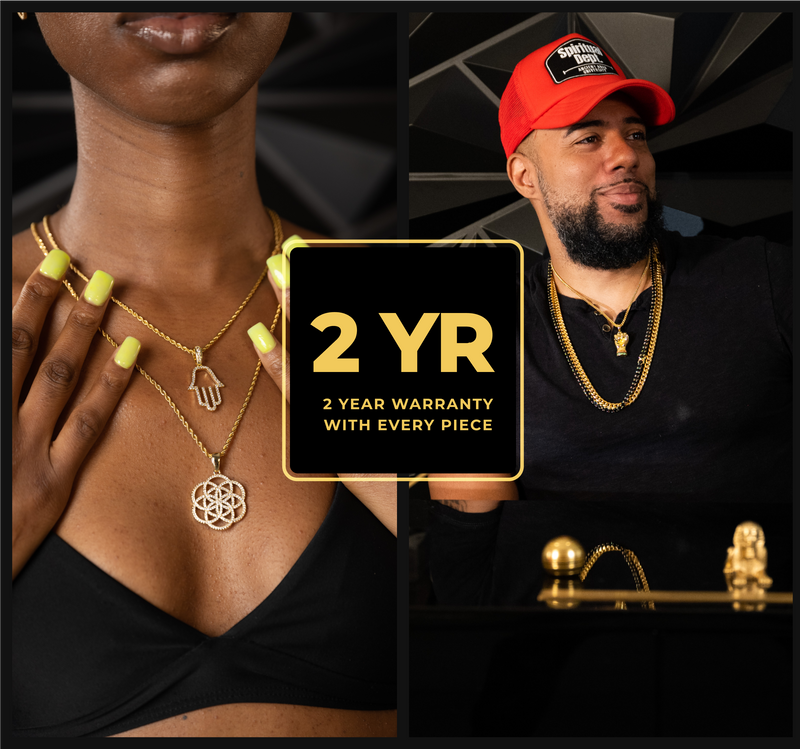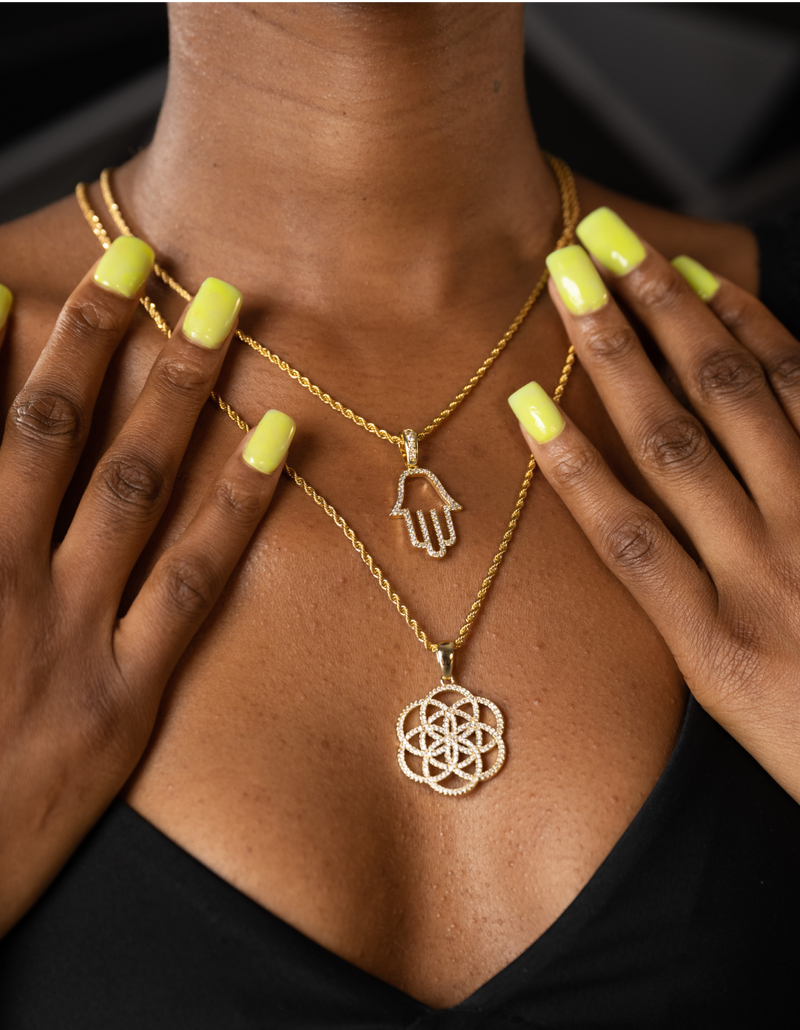Learn What’s got the tribe hyped about ancient Aura

See why 30K+ raving customers are feeling themselves thanks to Ancient Aura jewelry...

2 year unbeatable warranty
To ensure every piece we send out is up to the standards we’re known for, we offer twice the warranty period of other brands.

30,000+ Raving Customers
The quality of our products is vouched for by a global community that’s now over 30,000+ strong.

Black Owned Biz ✌🏾
Born in NYC, our pieces are inspired by ancient indigenous cultures, tapping into the spirit of their greatness.

Customers All Blinged Out


Questions We Commonly Get Asked
-
Is this business Black-Owned?
Yes, we are 100% Black-Owned. Read more about our story here.
-
How long does shipping take?
-
Do you ship internationally?
-
What is your return policy?
-
What are your jewelry pieces made from?
-
Do your jewelry pieces fade?
-
What's the best way to care for and clean my jewelry piece?










![[Gold Chains] - Ancient Aura Jewelry](http://www.ancientaurajewelry.com/cdn/shop/products/image_511605f8-ff88-46f2-8965-eb247eb25848_{width}x.jpg?v=1748038234)













![[Gold Chains] - Ancient Aura Jewelry](http://www.ancientaurajewelry.com/cdn/shop/products/image_511605f8-ff88-46f2-8965-eb247eb25848_70x70_crop_center.jpg?v=1748038234)





























